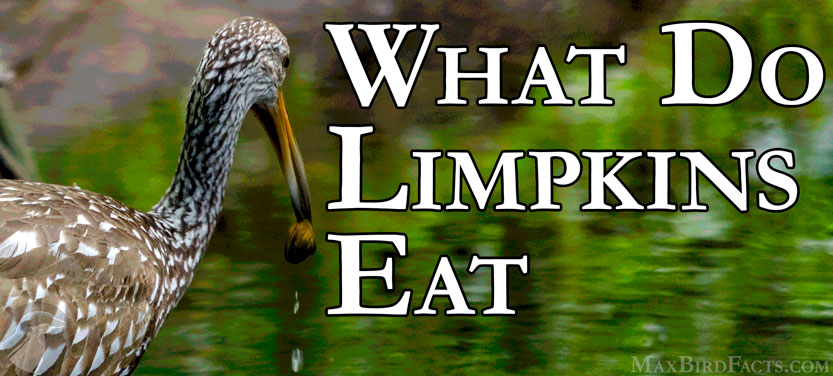Simply put, Limpkins (Aramus guarauna) are mollusk specialists, feasting on apple snails and freshwater mussels.
Still, these birds are happy to snap up insects, amphibians, and small reptiles if given the chance.
However, the simple answer to “What Do Limpkins Eat” doesn’t show the astonishing adaptations and behaviors these birds harbor to be the masters of mollusks.
In this article, I want to highlight the key attribute that allows Limpkins to be the undisputed kings of freshwater shellfish.
So, without further adieu, let’s dive in!
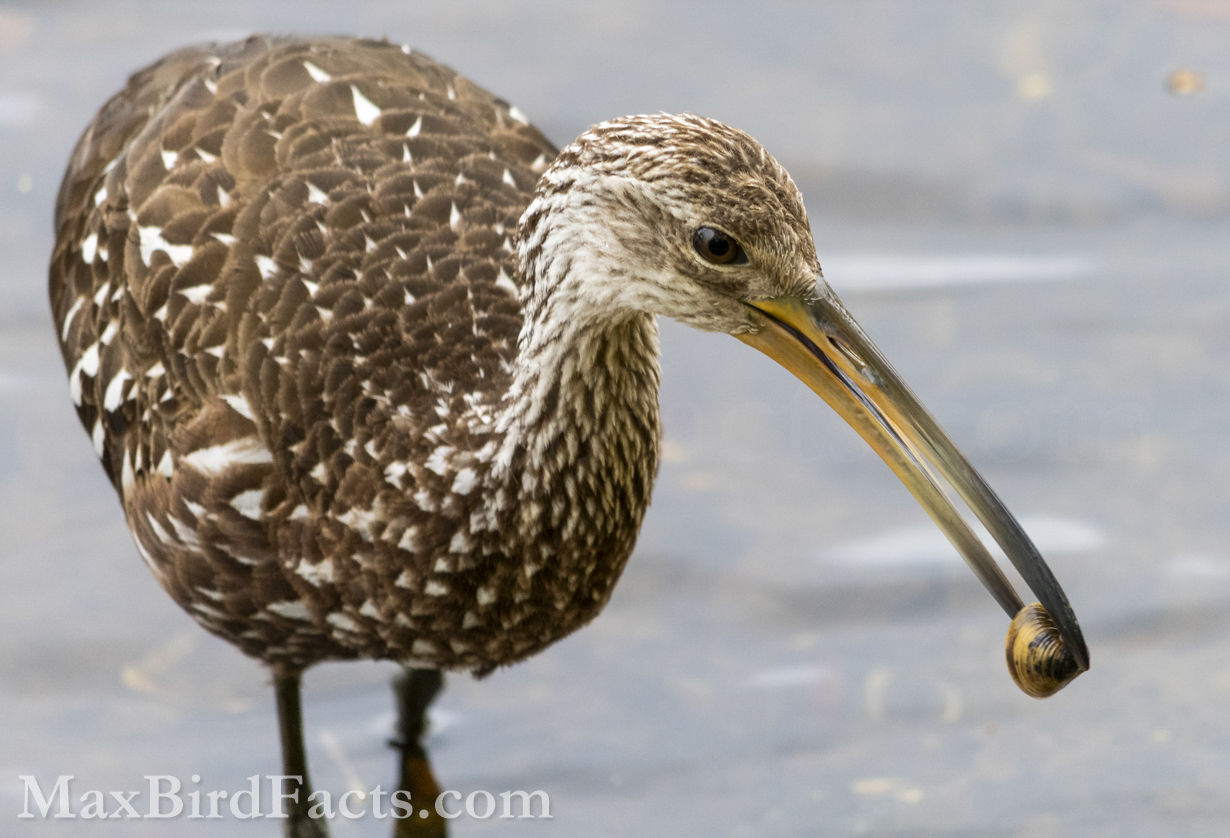
Limpkin Beak Specialization
Mollusks are a difficult prey item to take advantage of. Nevertheless, several species, like our Limpkins, have adapted to get around their defensive shells.
Limpkins, also called “Crying” or “Wailing Birds” due to their mournful calls, are close relatives to cranes, which is apparent when looking at their beaks and body. Their long legs make wading through shallow creeks and lakesides a breeze while their bills pluck their prey from the waters.
The key to the Limpkin’s success as a mollusk master is its beak. At first glance, it doesn’t seem too impressive, but the closer you look, the more fascinating this bird becomes.
The beak of the Limpkin is long, slightly downward curved, with a fairly stout tip. One’s first thought for its use would be probing, like an ibis. However, that would be incorrect.
The length of the Limpkin’s beak allows the bird to keep its head and eyes above the water while it snatches a mussel from the mud at its feet. This length also allows the bird to reach further into vegetation after a sneaky snail or fleeing frog.
Still, the most captivating feature of the bird’s beak is its tip. The tip of the Limpkin’s mandible (lower jaw) has the slightest bend to the right, turning the bill into a prybar.
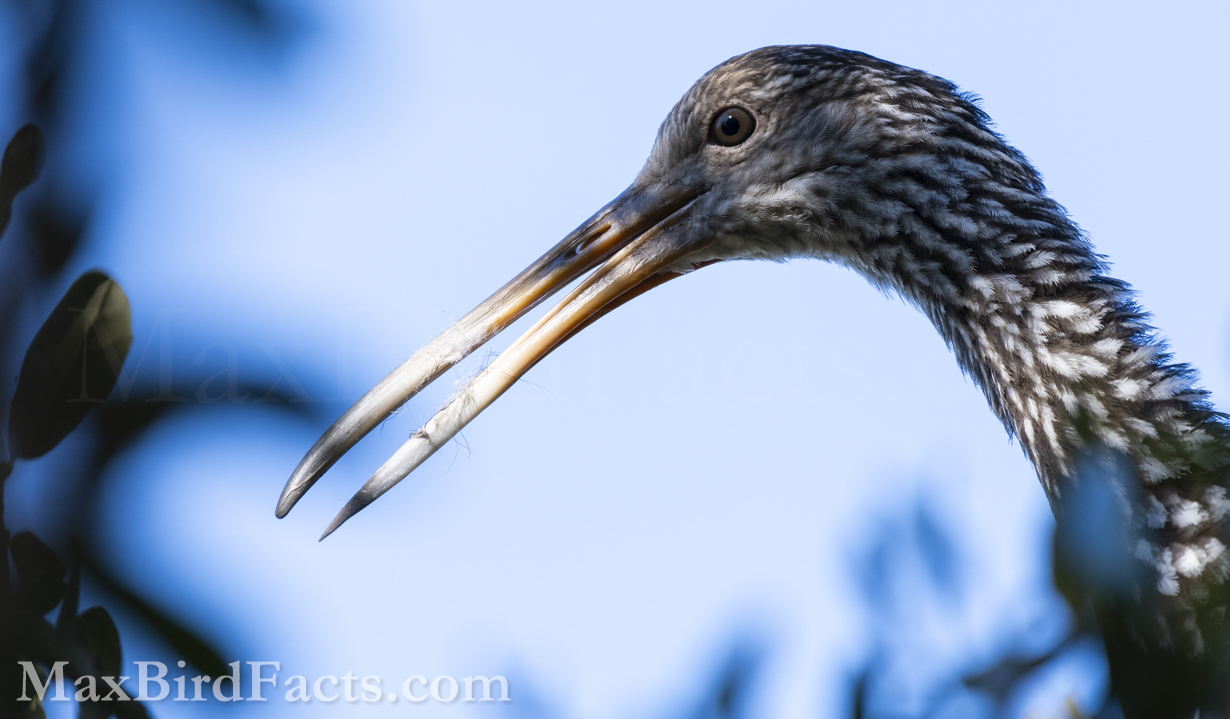
When a Limpkin captures a snail, it holds it between its feet with the operculum (the trapdoor protecting it when the snail retreats into its shell) facing the bird. The Limpkin then wedges the tip of the mandible under the operculum and slices the snail out of its shell; this process only takes about ten seconds.
The curved mandible also helps the Limpkin break into freshwater mussel shells, though its approach is more brutish than with the snail.
For bivalves, the bird holds its victim between its feet with the mussel’s hinge against the ground. The Limpkin then pounds the shell where the two halves meet, and once the hole is big enough, the bird again inserts its bent mandible to slice the flesh from the shell to be swallowed.
I’ve talked about another species heavily adapted to hunting apple snails, the Florida Snail Kite (Rostrhamus sociabilis plumbeus). If you’re interested in learning how this incredible bird of prey became so specialized that it almost went extinct only to be saved by an unlikely source, you should check out my article, Florida Snail Kites – Invasive Snails Helping Endangered Raptors.
However, unlike the devout specialization of the Snail Kite that forces it to only hunt freshwater apple snails, the Limpkin’s beak is adapted just enough to make it a terror to these same invertebrates but not so specialized that it is forced to eat nothing else.
But, following the answer to what do Limpkins eat, why would Limpkins invest so heavily in hunting apple snails and freshwater mussels?

Freshwater Mollusk Master
Mollusks are an incredibly useful food source. Both mussels and snails are high-protein morsels hidden behind formidable armor.
Some species, like the aforementioned Florida Snail Kite, have remarkably specific tools adapted to precisely bypass the apple snail’s fortifications. Other animals, like the Raccoon (Procyon lotor), use tools like stones to smash the shell of a mussel to get to the meat inside.
So, to access the resource that hard-shelled prey can provide requires either specialized tools designed through hundreds of thousands or millions of years of natural selection or the brain power to manipulate the world into providing the tools needed to solve the problem.
Yet, Limpkins have both the tools and brain power to work through this challenge.
Their bills and body are perfectly molded to hunt slow-moving armored prey through shallow water. And, once the Limpkin seizes its prey, it can hammer through the shell with its stout maxillary bill or pop it open with its sharply curved mandible.
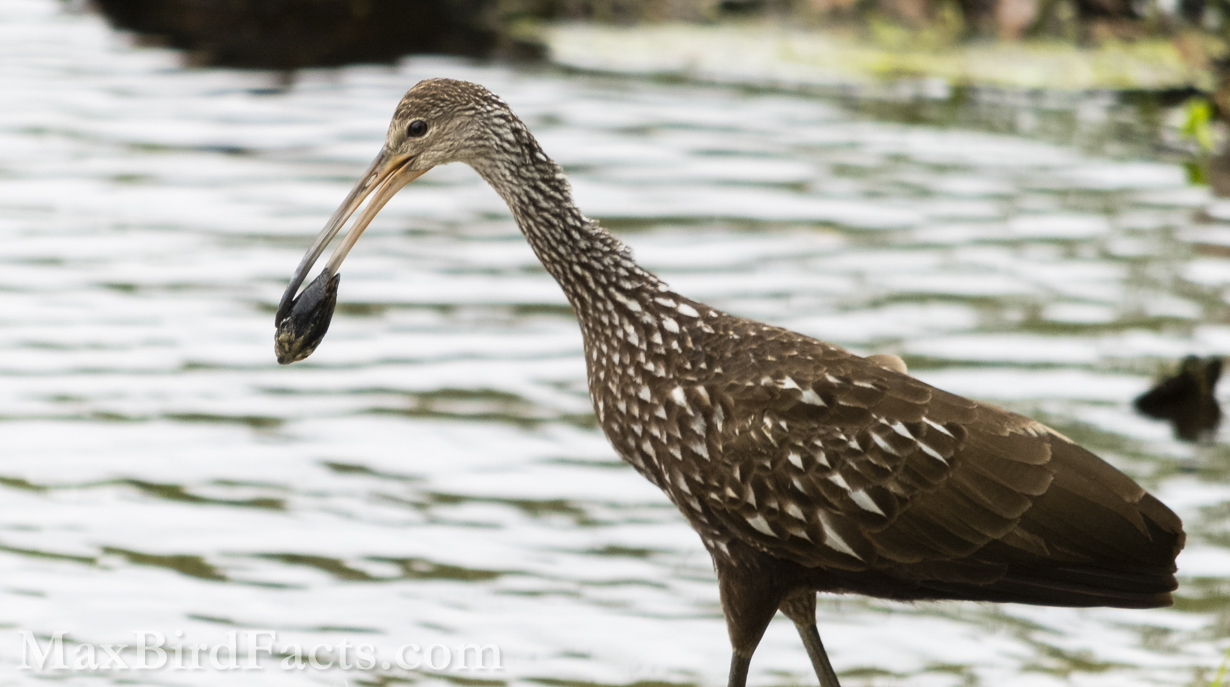
Few other birds can successfully smash through mollusk shells. Warblers, herons, cormorants, and even hawks and eagles would have difficulty penetrating an apple snail’s defenses.
And this difficulty makes sense; warbler beaks are designed to pick at insects hiding between layers of bark, heron beaks are for spearing fish, and an eagle’s beak works to tear flesh from fish or mammal bones.
Like these other species, Limpkins have simply found a niche and exploited it to their benefit. The Limpkin’s beak is perfectly adapted to delicately work around the apple snail’s defenses or smash through the mussel’s shell.
So if Limpkins and Snail Kites share the same prey item, why are they common sights together in tropical wetland ecosystems? Simply put, Limpkins and Snail Kites don’t directly compete for the same niche.
Yes, Limpkins and Snail Kites both hunt apple snails. However, Limpkins can simply switch to foraging freshwater bivalves if there is a high level of Snail Kite activity.
Limpkins can also move into more densely vegetated or forested wetlands where the Snail Kite might not have access. Snail Kites prefer to hunt along shallow lakeshores and pick off exposed apple snails, whereas the Limpkin can wade through the thick brush and find their prey in less convenient locales.
Their flexible diet and lifestyle have allowed the Limpkin to become extremely successful.

By the early 1900s, Limpkin populations were all but extinct due to hunting. Match this with extreme development throughout their native ranges in wetland habitats across central and southern Florida, and the future looked bleak for Limpkins.
Thankfully, Limpkins are presently listed as Least Concern by the International Union for Conservation of Nature (IUCN). Their historic native range throughout Florida has even expanded to the Atlantic and Gulf Coasts of the southeastern states.
Limpkins are also becoming a more common sight across Mexico, the Caribbean islands, and many Central and South American countries. Even today, the spread of the Limpkin’s range continues to grow.
Sightings from as far north as Shafer, Minnesota, and west into the panhandle town of Alanreed, Texas, show the willingness of these birds to look for new stomping grounds. The southernmost sighting of a Limpkin was on March 2018 in Santa Cruz, Argentina, making it roughly 685 miles (1102.4 kilometers) closer to the center of Antarctica than to the Earth’s equator.
All of this territory expansion comes from the Limpkin following its preferred prey source, mussels and snails. Just like the relationship between Florida Snail Kites and invasive apple snails, Limpkins have benefited from the encroachment of these invasive species into new areas.
This isn’t to say that the spread of invasive apple snails and exotic bivalves is an overall positive; they wreak havoc on these ecosystems that have no natural defense against them. Nonetheless, this spread of Limpkins to follow these invaders could help put these ecosystems back into a more stable order.
These feathery pioneers are still seen as vagrants in these new areas, but the outward expansion of their range is inevitable. Regardless, birders have welcomed Screamer Birds with open arms to their new homes.
What Do Limpkins Eat? Now We Know!
Now we know that Limpkins eat apple snails and freshwater mussels. Their beak is specially designed to curve around the snail’s operculum or cut the mussel away from its shell.
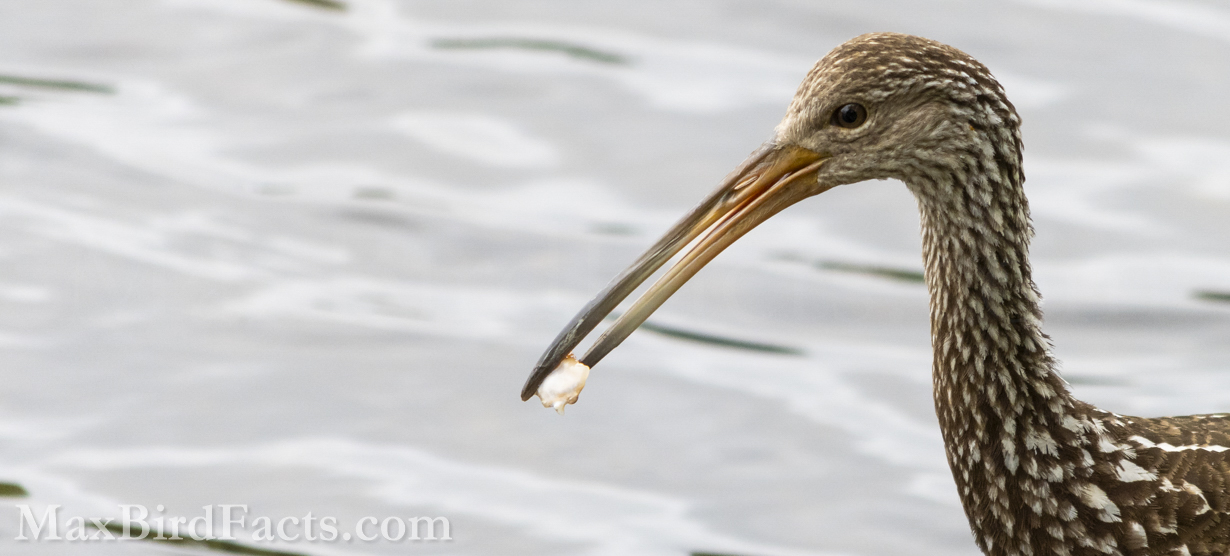
Still, their bill isn’t so singular that they cannot take advantage of other food opportunities when they arise. Reptiles, amphibians, fish, and other invertebrates are still on the menu for a hungry Limpkin, so long as it can catch its meal.
The Limpkin is a unique bird in that they are one of the few avians to seek out freshwater mollusks as their primary food source, which has worked extremely well for them. Staying relatively free from competition for food, Limpkin numbers
I believe it is very likely that Limpkin sightings will only increase in the coming years with the further spread of invasive mollusks. Still, these birds’ voracious hunger for shellfish should at least help slow their spread.
I really hope you enjoyed learning all about what do Limpkins eat and the feeding behaviors and adaptations of these remarkable birds!
If you have ideas or suggestions for topics you would like me to write about in the future, feel free to leave a comment below or shoot me an email!
If you enjoyed this article, please subscribe to my email list to be the first to know when I post new articles!
Get Outside & Happy Birding
Max
Discover more from Welcome to MaxBirdFacts.com!!!
Subscribe to get the latest posts sent to your email.
